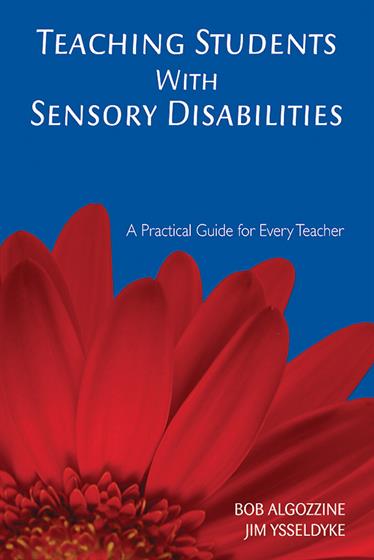
Hands-on, Practical Guidance for Educators
From math,
literacy, equity, multilingual learners, and SEL, to assessment, school counseling,
and education leadership, our books are research-based and authored by experts
on topics most relevant to what educators are facing today.
Teaching Students With Sensory Disabilities
Learn how to provide targeted support to students with sensory disabilities!
Defining the characteristics and specific needs of students who are categorized as deaf, blind, or deaf-and-blind, this valuable resource shows teachers how they can provide highly effective instruction that will foster independence of these students. Including a pretest, posttest, and key vocabulary terms, this informative guide discusses everything educators need to know about students with sensory disabilities, including:
- Cognitive characteristics and issues
- Academic characteristics and issues
- Physical characteristics and issues
- Behavioral characteristics and issues
- Communicational characteristics and issues
- Grade Level: PreK-12
- ISBN: 9781412939003
- Published By: Corwin
- Year: 2006
- Page Count: 136
- Publication date: March 24, 2006
Price: $25.95
For Instructors
When you select 'request review copy', you will be redirected to Sage Publishing (our parent site) to process your request.



